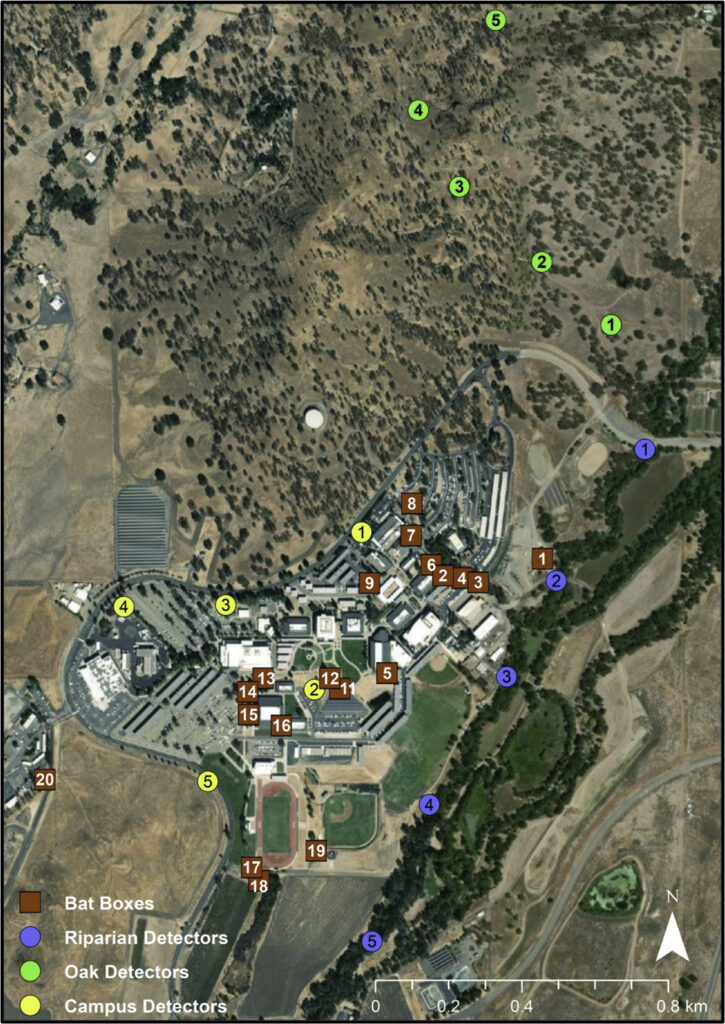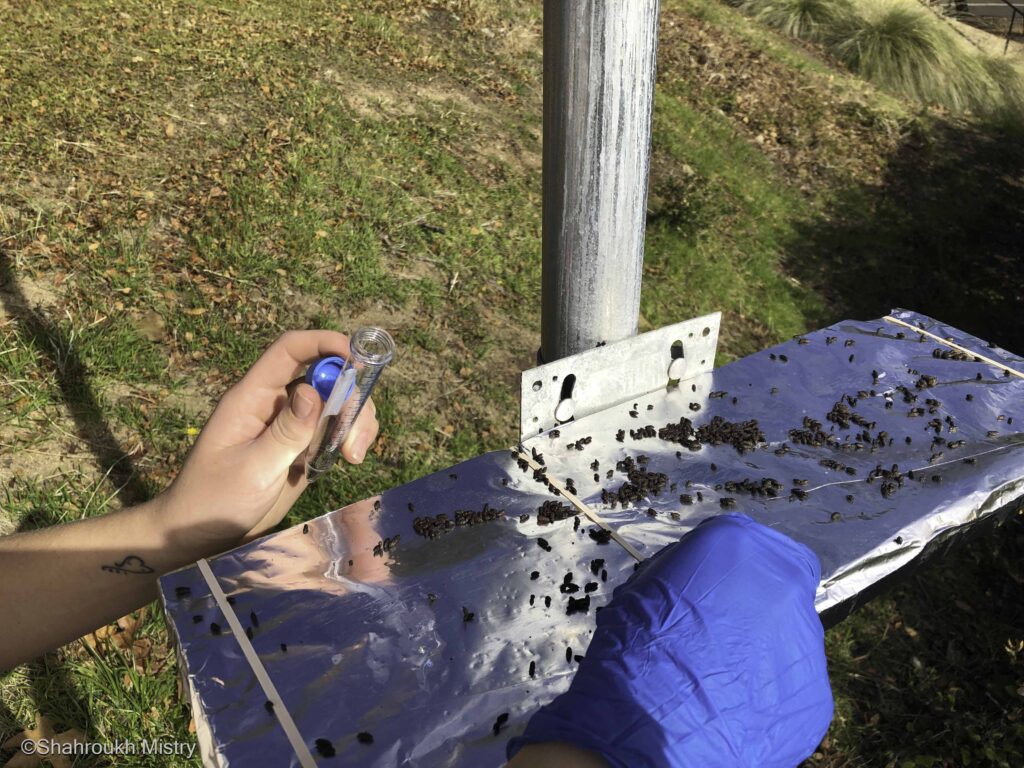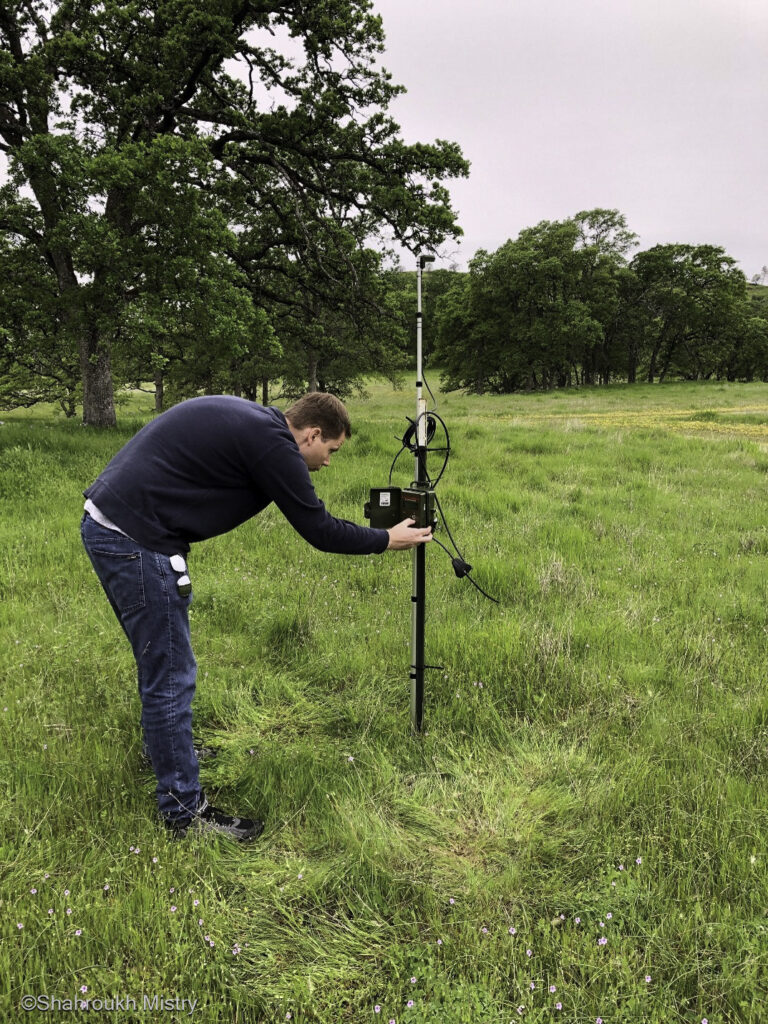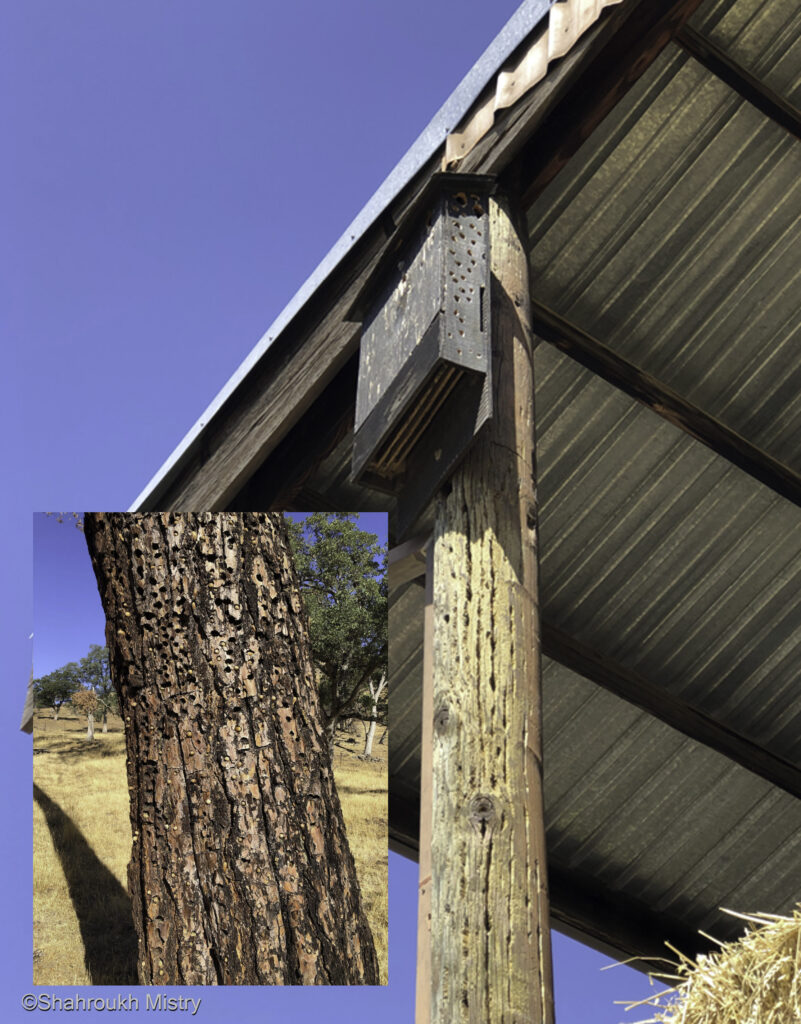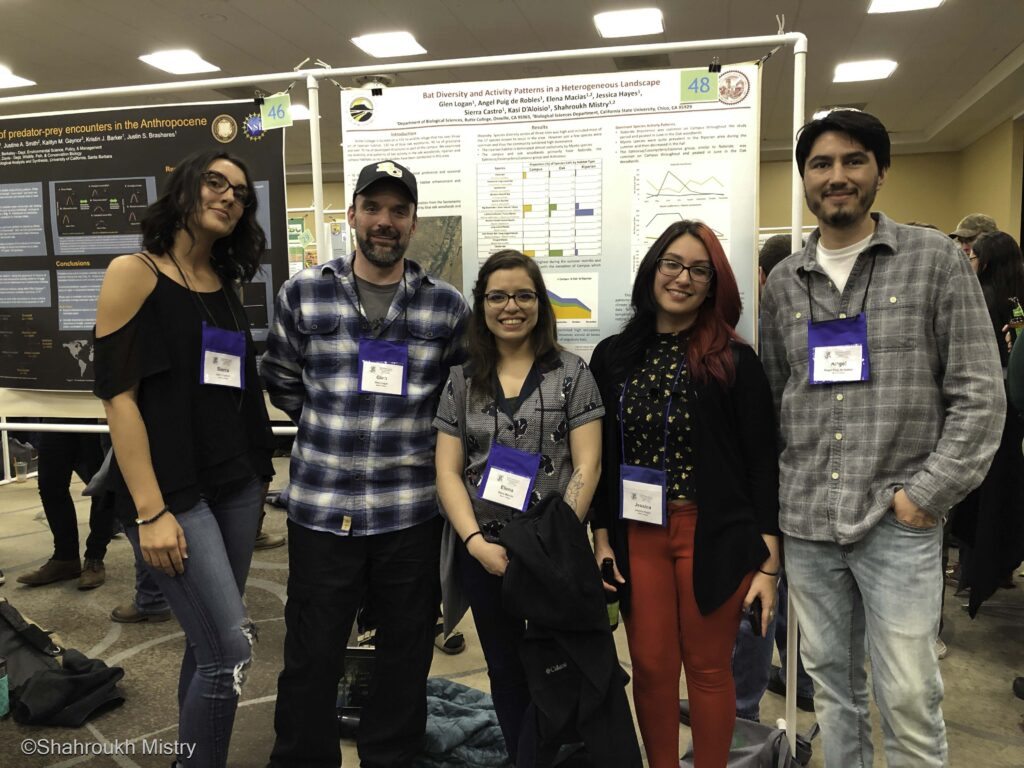How hot is too hot? When it comes to bats and their ideal roosting temperatures, striking the right balance is crucial. We know that bats thrive in warm roosts, but what happens when their homes become excessively hot in areas where the temperature soars to 104°F or more during the summer? We found some intriguing patterns in Northern California.
The Central Valley: A Unique Biodiversity Hotspot
The Central Valley of California is a vast depression, extending almost the length of the state from Bakersfield in the south to Redding in the north. This region is a diverse agricultural area that supports 250 different crops with an estimated economic value of $50 billion annually. Much of California, including the Central Valley is also part of the California Floristic Province, a global biodiversity hotspot.
Northern California is home to around 17 species of bats, with the Mexican free-tailed bat (Tadarida brasiliensis) being the most abundant among them. All these species are insectivorous and play a pivotal role in pest control. In fact, they are estimated to contribute more than $137 million to northern California’s agricultural landscape and a whopping $500 million across the entire state.
Bats on Butte College Campus
Butte College, located at the eastern edge of the Sacramento Valley, is situated in a transition zone where the Sierra Nevada and Cascade ranges meet at the Feather River. The area is characterized by the grasslands and agriculture of the flat valley, and the blue oak woodlands and chaparral of the foothills. It experiences mild, wet winters and scorching, dry summers.
Our campus spans 900 acres of wildlife refuge, featuring riparian habitat, blue oak woodlands, grasslands, and some developed structures. Bats have made themselves quite at home on campus, particularly the free-tailed and pallid bats. Occasionally, they pose challenges by roosting under metal flashing or finding their way into buildings, especially during springtime. To mitigate this issue, bat houses were strategically placed on campus in 2017, accompanied by the systematic closure of potential entry points on campus buildings. We installed 20 four-chambered nursery houses, made primarily of 1/2” and 3/8” plywood, placed on 20-foot poles across campus. These bat houses are roughly 23” tall, 4” deep, and 17” wide, with four chambers each 3/4” deep. There are two vents: a thin horizontal one low across the front and a vertical 6” tall and 1/2” wide vent along the back side.
Some of the bat houses were installed close to the riparian habitat, others interspersed near buildings with the most bat activity, and some near a small vineyard. The houses were placed with a southern orientation and were mostly dark brown or black in color. These bat houses, as well as acoustic detectors placed across the refuge, provided an excellent project for undergraduate students to get research experience examining the diversity and abundance of bat species in the area. So far, eleven students have participated in this project and have had the opportunity to present their work at scientific conferences.
Bat House Project Success
Surprisingly, the bat houses saw rapid occupancy, despite their dark color. Within a year, roughly half of them, mainly those near buildings and riparian habitats, were inhabited. In two years, all houses were occupied. This pattern mirrored observations at two other nearby sites. The houses furthest from human structures, however, tended to have the least activity. Interestingly, the rapid occupancy of these dark-colored, south-facing houses defies conventional wisdom, which recommends using light-colored houses in warmer climates.
To better understand bat populations in the houses, wooden guano trays were installed on poles five feet from the ground. These trays measured guano beneath the bat houses, providing an estimate of the relative occupancy of the roosts.
Observations revealed distinct seasonal trends in bat occupancy. While bats are present year-round, their numbers dip from December to February. Spring brings a marked increase in activity, which continues through June. However, in July and August, we observed a sharp decline in activity in the bat houses, followed by a subsequent increase in September. This decline in summer activity coincides with peak temperatures that can reach 110°F. The question arises: is the observed decline due to heat?
To address this question, temperature data loggers were placed inside bat houses to compare the internal and ambient temperatures. Preliminary findings indicate that internal temperatures averaged 8°F higher than ambient temperatures. Even on the hottest days (with seven exceeding 107°F), the internal maximum temperature was only 6°F warmer than ambient. Additionally, bats were not seen at the lower entrances of the bat houses, a common sign of excessive warmth, and bat mortality, potentially due to heat stress, was remarkably low. It seems the bats have adapted to the area’s extreme heat. Their behavior suggests local migration during the peak of summer, supported by acoustic detector data showing decreased activity during this time. Where they go, we do not yet know.
We are also exploring molecular analysis of guano to confirm bat species and their diet preferences. These analyses reveal that the bat houses are used almost exclusively by free-tailed bats, which fed primarily on moth flies, non-biting midges, ground beetles, aphids, and tortrix moths. Interestingly, examining over 200 barn owl pellets from campus yielded no bat skeleton elements, suggesting a rich prey population that reduced predation on bats. While bats are not common in owl diets, it is typical to find a few.
Looking to the Future
As we approach six years of this project, it is almost time to replace many of the bat houses, mainly due to the damage and “natural ventilation” caused by the abundant acorn woodpeckers. In the next phase, we plan to experiment with different configurations to attract a greater diversity of bat species. We’ll also use lighter-colored houses and change the orientation to potentially minimize abandonment during peak summer temperatures. We hope to highlight the adaptability and resilience of these fascinating creatures while protecting them in the face of extreme heat and a changing climate.

